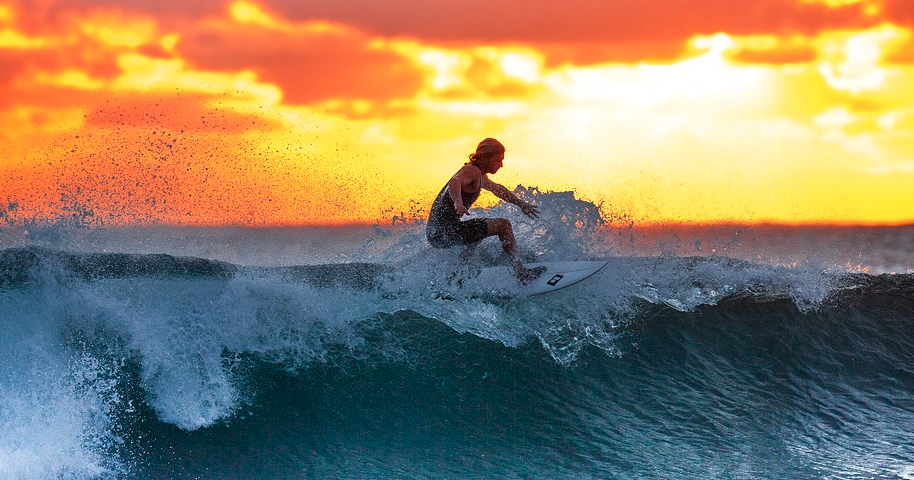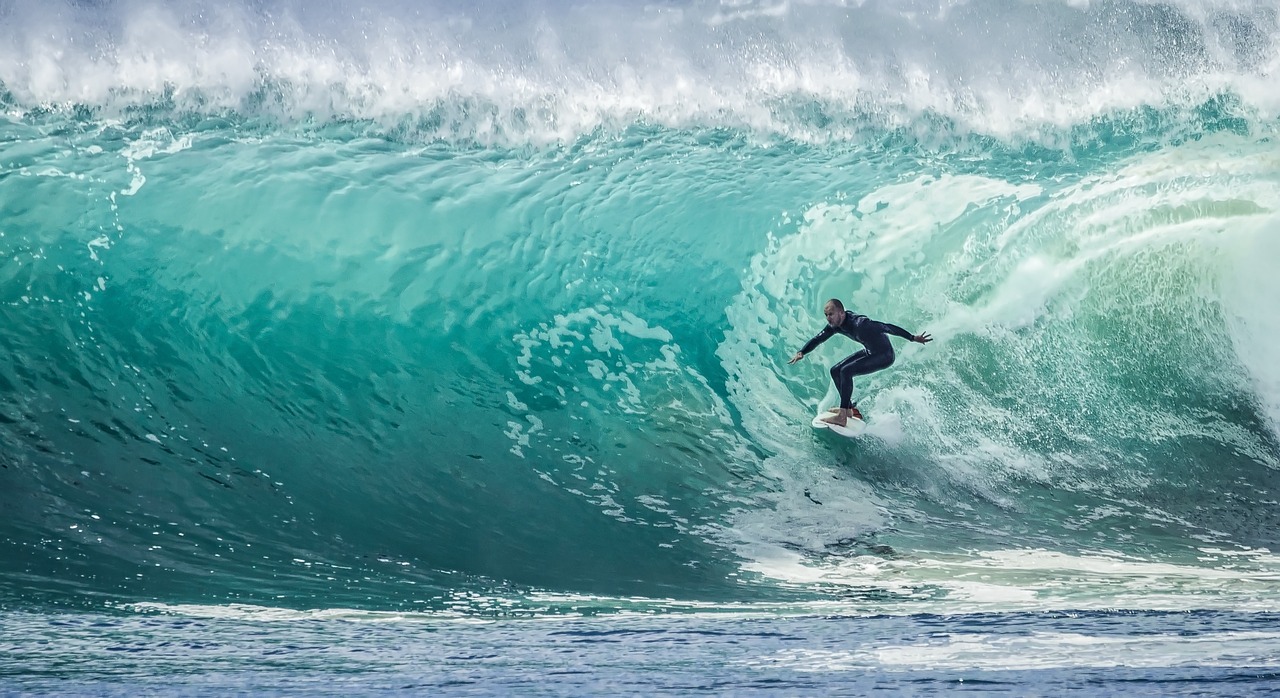The Most Dangerous Yet Exciting Extreme Sports
Extreme sports are on the rise all around the world. Sports like dirt biking, surfing, and mountain climbing are gaining popularity at an astounding rate. Extreme sports appeal to the public because of the excitement, the energy, the courage of the athletes, and most importantly, the risks they take to compete. Extreme sports get their name because of the risk that comes along with them. Despite the dangers associated with these sports, athletes find themselves taking part and competing in these activities because they have a passion for their sport, and the adrenaline they get from them. Below we will discuss some of the most dangerous sports, and why athletes dedicate themselves towards them.
Mountain Climbing
In a safe and controlled environment, mountain climbing can be a fun and enjoyable activity for all ages. However, in extreme cases, mountain climbing environments are neither safe nor controlled. Sir Edmund Hillary, the first confirmed climber to reach the summit of Mount Everest once said, “It is not the mountain we conquer, but ourselves.” This quote resonates with the most extreme climbers who participate in free climbing, the most extreme method of mountain climbing. Climbers will go up the mountains with nothing more than their hands and feet, truly risking their lives for their passion of climbing.
Heli Skiing
What’s better than taking a chair lift up to the top of a ski mountain, taking in the scenery, and then bolting down the slopes? Personally, I can’t think of much. But to a select few skiers, taking a helicopter to the top of a wild, unpredictable, unmaintained mountain is preferred. There’s nothing quite like the feeling of skiing through natural fresh powder snow. The possibilities of being caught in an avalanche, rock slide, or a very long fall become more likely as the slopes get steeper and get more powder. Of course, these possibilities are not enough to sway these athletes away from making their own slopes in the wild backcountry.
Big Wave Surfing
To most surfers, waves from 5-10 feet are considered to be decent sized waves. To some of the most experienced surfers, waves sized from 10-20 feet are considered to be tall, risky, and fun. To extreme big wave surfers however, 80-100 foot waves (more like tsunamis), is where the real fun begins. Surfers from all around the world will travel great distances in search of the biggest waves imaginable. Only the best of the best don’t get discouraged by the fact that any small error on these waves will most likely be lethal.
Cave Diving
When it comes to extreme aquatic sports, surfing is not the only one, nor is it the most dangerous. Cave diving takes place deep under the water, and requires exploring and navigating dark tunnels, narrow crevices, and deep ravines; all with limited oxygen and in water that gives many of these divers hypothermia. Although this is considered to be an extreme sport and a recreational activity, cave diving is also used as a means of exploration. In 2007, a sweedish expedition team began exploring an underwater cave, and over 14 years later, the team still has no idea how big it is, or how deep it goes.
Base Jumping
Similar to skydiving, base jumping involves jumping out of a very high place, enjoying the freeing moments of free falling, and then parachuting safely to the ground. However, there is one major difference between skydiving and base jumping; skydiving is done out of a plane at an average of 10,000 feet high whereas base jumping is done out of a man made object at an average of just 2,000 feet. This 80% decrease in height leaves the jumper with a mere 20% of the normal time to jump and deploy the parachute as a skydiver would. This added element of fear and danger only makes the sport more attractive to the most extreme of athletes such as base jumpers.





